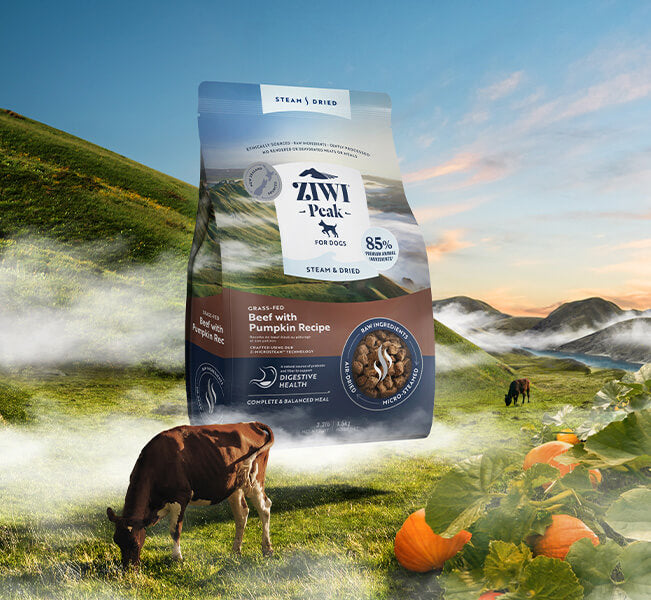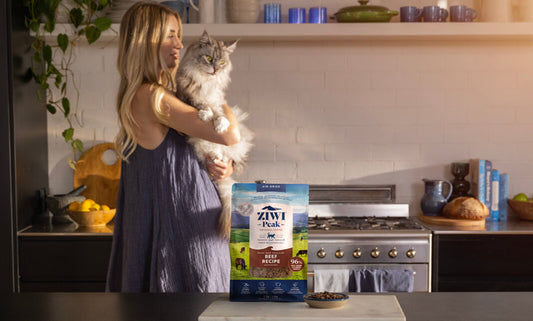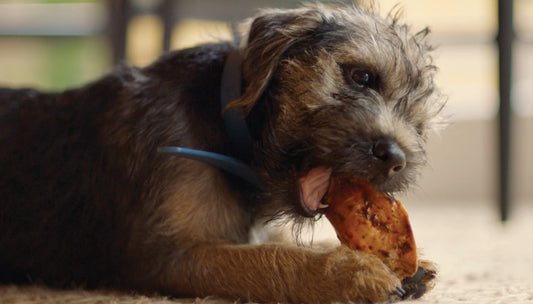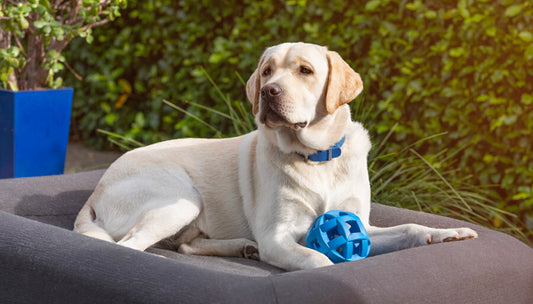 Shedding or molting is a natural process for cats. Shedding is nature's way of preparing the animal for seasonal changes, while molting prepares the animal for a new stage of growth, but how much is too much? Patchy fur and excessive shedding could be signs of a deeper health issue.
Shedding or molting is a natural process for cats. Shedding is nature's way of preparing the animal for seasonal changes, while molting prepares the animal for a new stage of growth, but how much is too much? Patchy fur and excessive shedding could be signs of a deeper health issue.
Cat losing hair? This could be why
A number of factors influence your cat’s shedding behavior, from breed, lifestyle and age to environmental factors.
- Some cats – like Ragdolls, Ragamuffins, Persians and American Bobtails (to name a few) simply require more maintenance.
- Older or overweight cats also tend to shed a little more, and sometimes need a hand with grooming.
- Like their canine counterparts, cats will shed their fur after giving birth.
- If your cat’s an explorer who is regularly outside in the sunshine, their shedding may be determined by the seasons.
- Shedding can also be medical or diet related.
How to spot an issue
If your cat is healthy, they should have a smooth and shiny coat. There shouldn't be any visible patches of bald skin, rashes, red or irritated skin, or signs of excessive licking, scratching or biting.
Could it be alopecia?
This condition is described as bald patches or thinning/patchy fur, and is either a result of illness or your cat over-grooming due to pain, stress and itchy skin.
If you do notice any of these symptoms, we recommend consulting your vet, and also looking closely at what’s in your cat’s food bowl.
Healthy diet, healthy fur, healthy cat
Cats are obligate carnivores, which means they need a high-protein, meat-rich diet to thrive.
Animal proteins (found in raw or air-dried meat), provide amino acid 'building blocks’ to build and strengthen your cat’s coat. But most commercial cat foods use gluten-based protein (such as grains and potatoes) to boost their protein levels.
Cats that aren't fed a meat-rich diet also don’t get the moisture their organs need to function safely. Without this moisture, your cat’s digestive system can’t transport hairballs.

This is why ZIWI Peak® recipes are carefully crafted to mirror the meat-rich diet that cats require for a happy, healthy life.
ZIWI Peak cat food is packed with:
- Omega-3 fatty acids - essential for skin and coat heath. Try the ZIWI Peak mackerel & lamb recipe (which comes in both wet or air-dried variations).
- Organic Kelp - combats skin allergies, itching and inflammation, and promotes hair growth.
- Green tripe - gentle on the digestive tract and ideal for pets with sensitive stomachs. Try a novel protein recipe like ZIWI Peak air-dried venison.
Sources:
https://healthypets.mercola.com/sites/healthypets/archive/2014/04/23/lon...
https://www.pdsa.org.uk/taking-care-of-your-pet/pet-health-hub/symptoms/...
https://feline-nutrition.org/answers/answers-what-dry-food-does-to-your-...
https://feline-nutrition.org/answers/answers-what-exactly-is-an-obligate...



